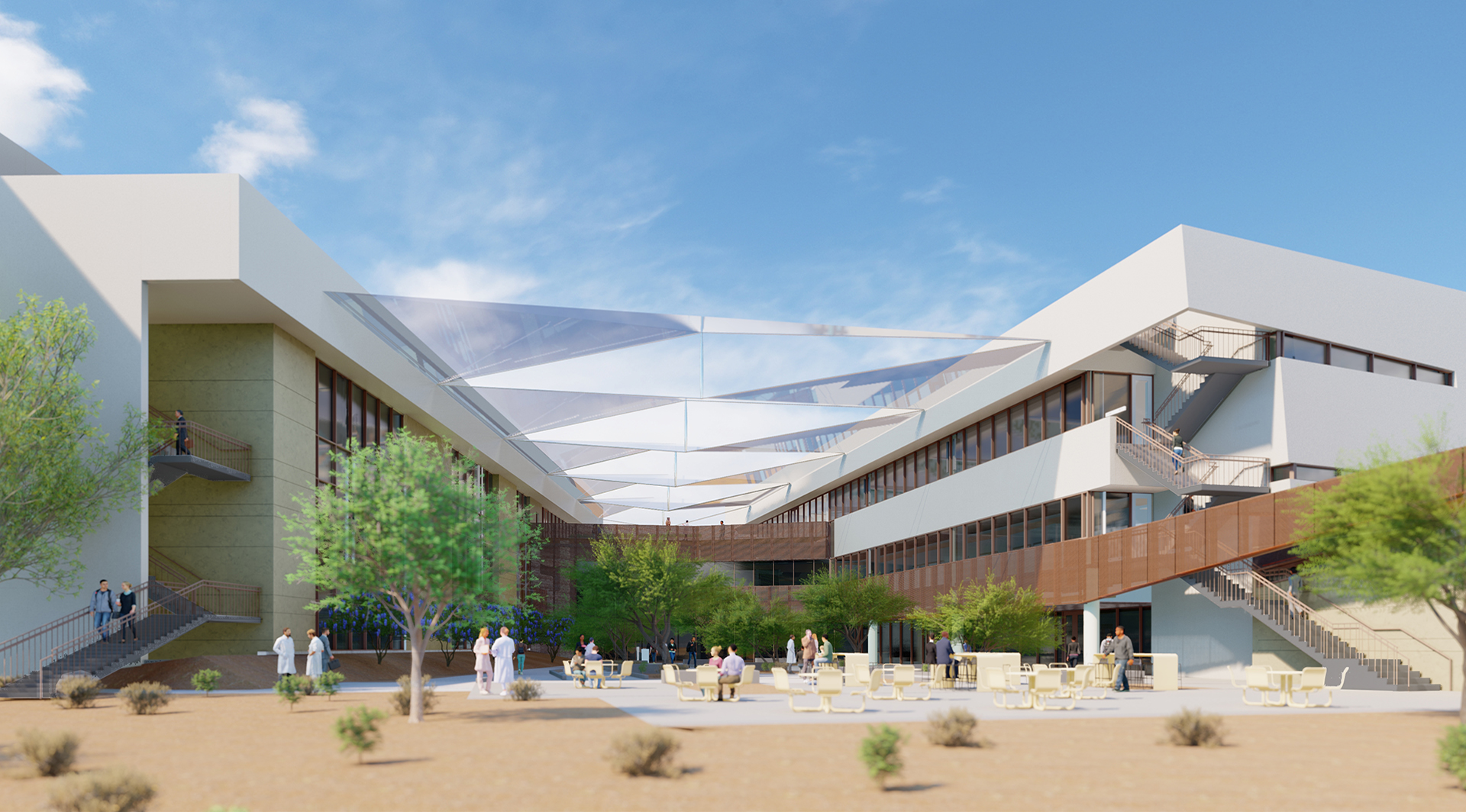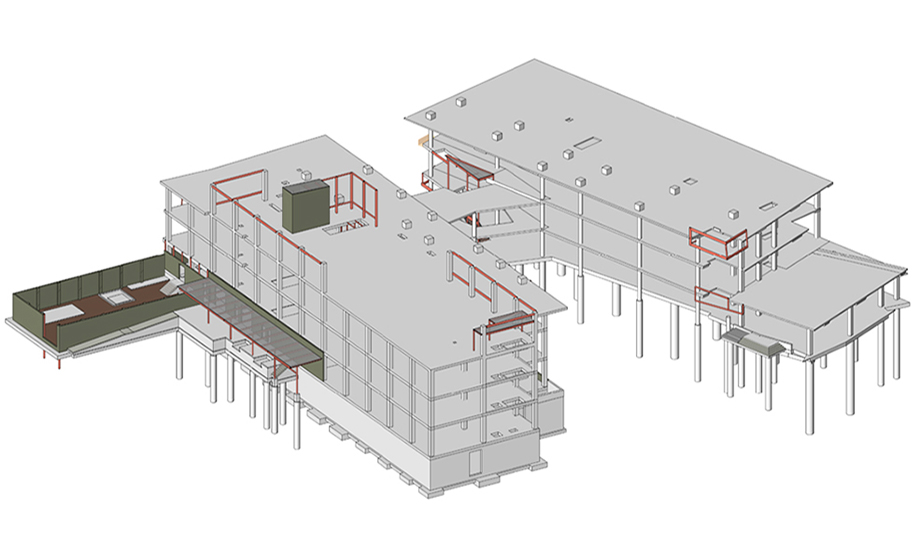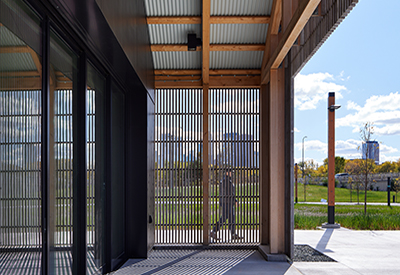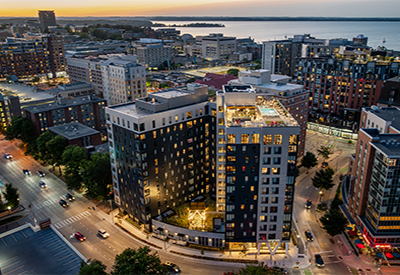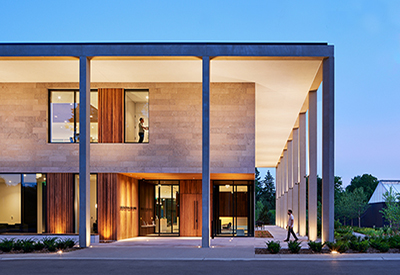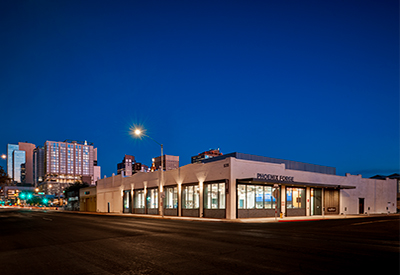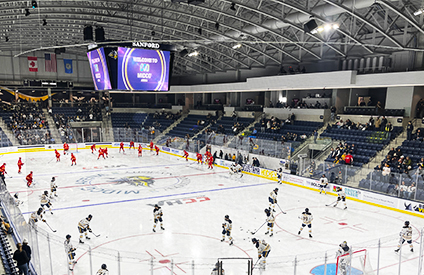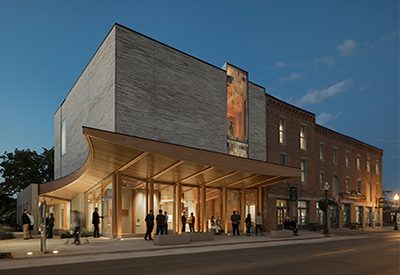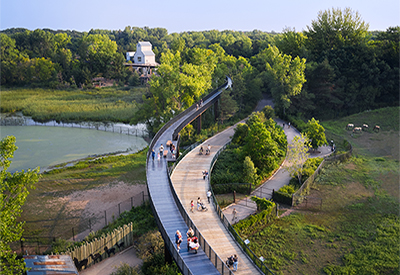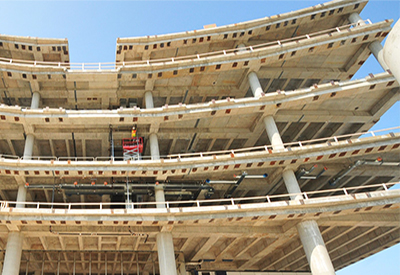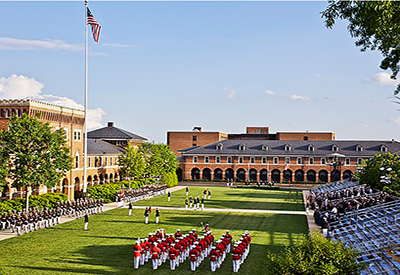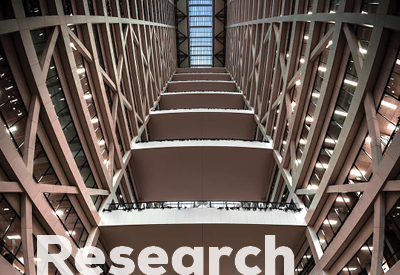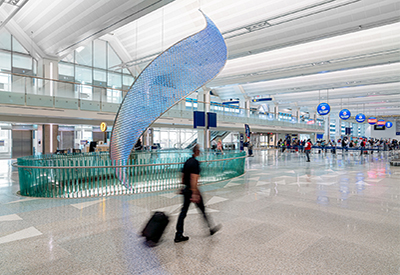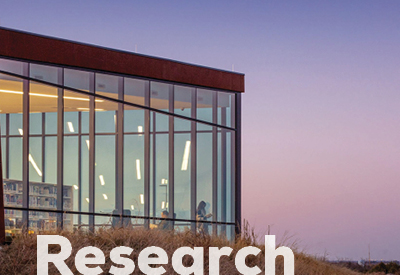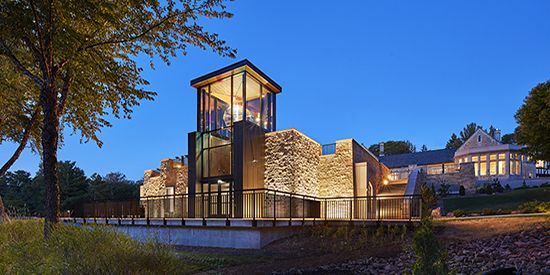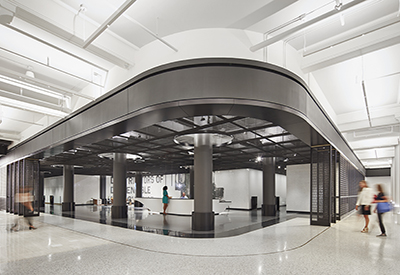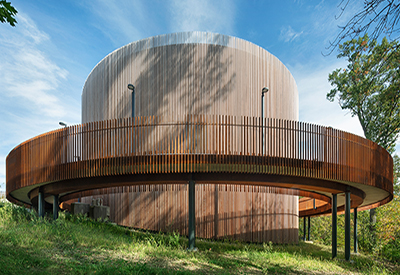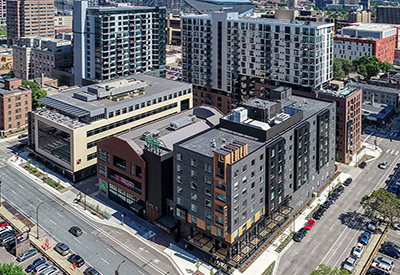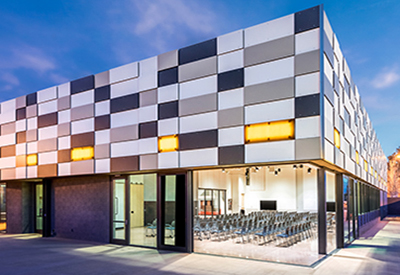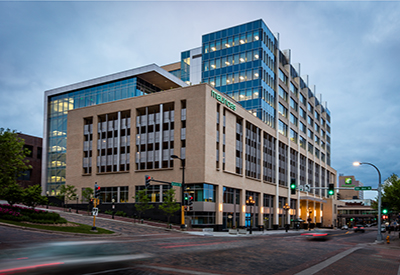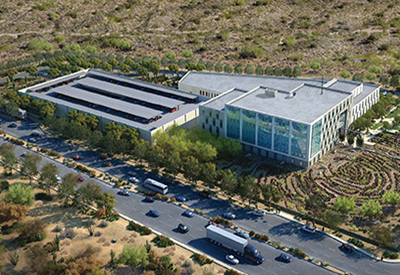A PATH TO SUSTAINABILITY FOR HARDENED STRUCTURES
Sustainable Design for Blast-Resistant Concrete Structures. How can we offset additional embodied carbon from hardening a building by using alternative materials? Protective design and sustainability are often opposing forces for low carbon building design. Protective design typically increases the amount of material on a project due to additional strength or stiffness requirements, site protection measures, and specialty detailing. Sustainable design, on the other hand, aims to reduce the total amount of embodied carbon on a project by improving construction practices and structural efficiency, reducing material quantities, or by substituting standard construction materials for more sustainable alternatives.
Concrete structures can achieve effective blast resistance and provide a strong, well-balanced blast envelope for a building. The inherent continuity in design and high mass of concrete relative to other building materials offer improved dynamic response characteristics and simple detailing for resisting blast loads. However, concrete production is also known to release a high amount of carbon dioxide (CO2) into the environment.
To determine the effectiveness of current carbon reduction methods for blast designed structures, Life Cycle Assessments (LCA) were performed for a building project case study to evaluate the embodied carbon effects of blast hardening and intentional carbon reduction. In our feasibility study, a three-story reinforced concrete research facility on a medical campus with no protective design or sustainability measures incorporated into its design underwent a preliminary threat and vulnerability assessment. It was then designed to an appropriate level of protection without regard for added embodied carbon. Finally, sustainable materials and methods were reviewed and applied to the building model in an attempt to offset the additional embodied carbon from the blast hardening process, and the feasibility of sustainable design for a hardened structure was assessed both qualitatively and quantitatively.
